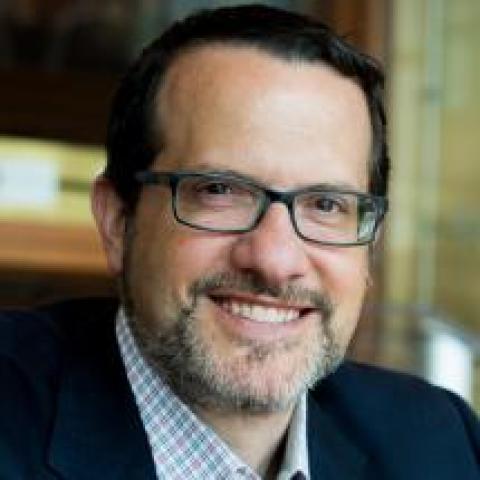The American health care system is broken. Life expectancy is dropping, maternal mortality is on the rise, disparities abound, and it costs way, way too much. But when we discuss fixing it, the debate is a pendulum swinging between two extremes: maintaining the status quo and adopting a single-payer system. But what if we’re asking the wrong questions? What if the answers lie not in the extremes but in the nuanced experiences of other countries?
At its core, the concept of insurance is a social contract. We pool our resources so that no individual must bear the brunt of an unexpected health crisis alone. This serves two goals: people do not avoid care because of costs, and unexpected illness doesn’t lead to financial ruin.
The Affordable Care Act expanded health coverage to millions of Americans in the U.S., but 26 million remain uninsured. All other high-income countries have adopted a system of universal coverage, and many middle- and low-income countries are also moving in this direction. In the past few years, I’ve had the privilege of visiting some while on a Commonwealth Fund/AcademyHealth study tour. Let’s look at how they acheive their goals.
Switzerland entirely eliminates government entitlement programs like Medicare and Medicaid; everyone is on private insurance from birth to death. Plans are tightly regulated and decoupled from employment. Out-of-pocket expenses are relatively high to combat the moral hazard (i.e., people are more likely to spend an insurance company’s money than their own), but the system ensures everyone has some coverage. The private insurance market is highly competitive, with more than 60 insurers offering basic health insurance. Insurers cannot earn profits from basic insurance but can offer supplemental insurance for additional services and amenities.
In Singapore, the government provides catastrophic coverage, ensuring significant health crises don’t lead to financial disasters. This crucial safety net offers citizens peace of mind; outpatient care is primarily funded out of pocket by individuals. To facilitate this, Singapore has mandatory health savings accounts. Every working individual contributes a portion of their income to this account, which can then be used to cover routine medical expenses. Singapore’s hospital care system is tiered, allowing patients to choose the level of service they desire. At the base level, services are offered at a minimal cost, ensuring that everyone has access to essential care regardless of their financial situation. Higher tiers are available at an additional cost for those who desire more amenities or quicker access to services.
Canada has a single-payer system. The country’s Medicare system is funded mainly through general taxation, and the federal government sets national standards for health care in all provinces. The provincial and territorial governments, however, are responsible for managing, organizing, and delivering health care services for residents. Medicare covers all medically necessary services provided by hospitals, physicians, and dentists but does not include prescription drugs, eye care, or dentistry for adults.
Australia’s system functions much like Canada’s if people stay within the public delivery system. However, it differs from Canada in that patients can opt for a private system; doing so incurs costs. This dual approach allows people to choose better access based on their needs and willingness to pay more. The public system, also known as Medicare, covers most of the costs of hospital and physician services and some preventive and community health services. It’s funded by general taxation, a specific income-based tax, and copayments by those seeking care. About one-third of Australians have private health insurance. Such insurance can provide access to private hospitals and specialists and cover services not included in Medicare, such as dental care, optical care, and physiotherapy.
New Zealand’s system is like Australia’s but with unique features, such as a stronger focus on community-based care and public health initiatives. This approach aims to reduce the burden on hospitals and provide more holistic care. The public system offers universal coverage for a range of services, including hospital care, primary care, prescription drugs, mental health care, and disability support services. The system is funded mainly by general taxation and copayments. A private system also plays a supplementary role by offering faster access to elective surgery and specialist consultations, as well as covering services not funded by the public system, like dental care and cosmetic surgery. About one-third of New Zealanders have private health insurance.
In France, the insurance provided by the statutory system sets a good baseline for all, but people are encouraged to spend more if they wish. The public system, known as Social Security, covers most of the costs for hospitals, physicians, long-term care, and prescription drugs. The system is funded primarily by payroll taxes, a national income tax, and tax levies on specific industries and products. The government sets the national health strategy and allocates budgeted expenditures to regional health agencies responsible for planning and service delivery. Patients are responsible for coinsurance, copayments, and balance bills for physician charges that exceed covered fees. However, almost all citizens have supplemental insurance to help with these out-of-pocket costs and dental, hearing, and vision care. Private insurers provide this supplemental insurance, most of them nonprofit.
In England, the National Health Service (NHS) provides health care to all residents, covering hospital, physician, and mental health care without any cost at the point of care. The NHS is funded mainly through general taxation, and the government sets a global budget for health spending. This global budget allocates resources to health services and trusts responsible for local planning and care delivery. There are trade-offs in terms of wait times and sometimes even quality. Still, this approach effectively removes financial barriers to care and eliminates any risk of health care–related bankruptcies.
In a second blog post, we’ll look at the complexities of the American health care system — a patchwork of services that often combines the least effective aspects of each model, resulting in limited choice and uneven quality. We’ll also explore how a balanced integration of public and private health care delivery might better meet the needs of all Americans.




